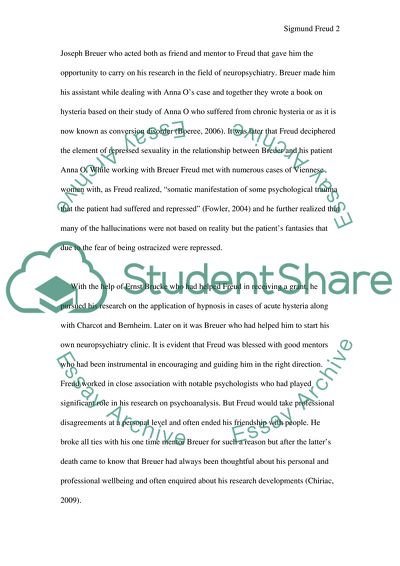Cite this document
(Major Figure from the History of Psychology: Sigmund Freud Coursework Example | Topics and Well Written Essays - 1250 words, n.d.)
Major Figure from the History of Psychology: Sigmund Freud Coursework Example | Topics and Well Written Essays - 1250 words. https://studentshare.org/psychology/1723279-biography-of-a-major-figure-from-the-history-of-psychology-sigmund-freud
Major Figure from the History of Psychology: Sigmund Freud Coursework Example | Topics and Well Written Essays - 1250 words. https://studentshare.org/psychology/1723279-biography-of-a-major-figure-from-the-history-of-psychology-sigmund-freud
(Major Figure from the History of Psychology: Sigmund Freud Coursework Example | Topics and Well Written Essays - 1250 Words)
Major Figure from the History of Psychology: Sigmund Freud Coursework Example | Topics and Well Written Essays - 1250 Words. https://studentshare.org/psychology/1723279-biography-of-a-major-figure-from-the-history-of-psychology-sigmund-freud.
Major Figure from the History of Psychology: Sigmund Freud Coursework Example | Topics and Well Written Essays - 1250 Words. https://studentshare.org/psychology/1723279-biography-of-a-major-figure-from-the-history-of-psychology-sigmund-freud.
“Major Figure from the History of Psychology: Sigmund Freud Coursework Example | Topics and Well Written Essays - 1250 Words”. https://studentshare.org/psychology/1723279-biography-of-a-major-figure-from-the-history-of-psychology-sigmund-freud.


